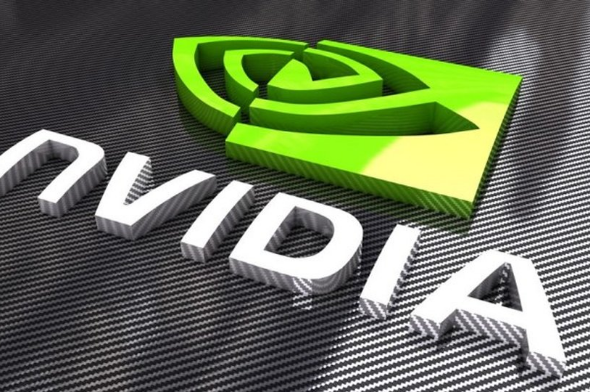Connection to DriversCloud Create a DriversCloud.com account Reset your DriversCloud.com password Account migration
NVIDIA ends support for "Kepler" graphics cards
The Maxwell, Pascal, Turing and Ampere architectures are of course still perfectly supported by NVIDIA, which is (very) slowly making a clean sweep of the past.
Last May, NVIDIA announced its intention to stop offering new Linux graphics drivers for its Kepler generation graphics cards. Let's remember that at the American firm, the name Kepler was given to a graphics architecture that followed Fermi. It should double the performance and its introduction occurred with the release of GeForce GTX 680 marketed in ... March 2012. Nine years later, NVIDIA has therefore indicated that no more graphics drivers will be offered after the 470 branch.
Logically, the decision that was initially taken only for the Linux environment will actually spread to all operating systems and highlight the pure and simple interruption of support for cards of this generation. The list of affected models is very long, from the GTX 680 to the GTX Titan Z, including a model with two chips (GTX 690) and entry-level models (GT 630, GT710) as well as a second generation of GeForce stamped Kepler, the GTX 780 / GTX 780 Ti.
The previous generation - Fermi - had seen its support stopped after the release of the 390 branch of GeForce drivers. So it will be the 470 branch for Kepler, and this, under Linux as well as under Windows. However, it is worth mentioning that the termination only concerns the features and other optimizations that allow for better support of video games and better performance. NVIDIA stressed that critical security updates will still be offered... well, until 2024 this time.
More importantly, NVIDIA took the opportunity to indicate that it is ending support for certain operating systems. In this case, NVIDIA no longer wants to deal with Windows 7, Windows 8 and Windows 8.1. Of course some users still run these OSes, but they will no longer need to rely on NVIDIA's support. The last graphics driver to run Windows 7, Windows 8 and Windows 8.1 is expected to be released on August 31.






